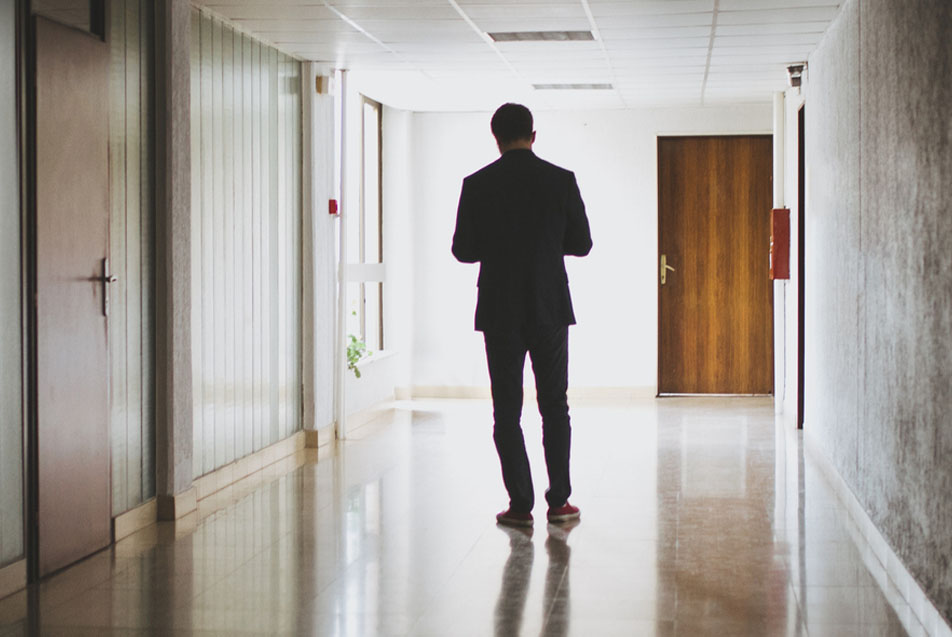
This post was written by Jana Vastbinder, chaplain, Parkview Health.
I am one of many healthcare workers who started a new job right before or in the midst of this pandemic. Some of us had no idea what we were getting ourselves into. Others had some warning and willingly joined the fight. Now we’re a part of a group whose main training has occurred under the shadow of COVID-19. We didn’t have the privilege of building a knowledge base when the world was “normal.” I barely had time to learn what “normal” meant in a health system.
This is my story.
I became a Parkview hospital chaplain in December of 2019. In our department, we often say chaplaincy is a calling. That was definitely the case for me, as I never wanted to work in a hospital. Honestly, even the thought of blood and needles make me cringe. I had been building a counseling ministry at a local church for the last five years and was just about to pass my test to become a licensed mental health counselor. My job of overseeing care ministries at the church was literally designed for me, but through a series of events, conversations and promptings, God showed me He had other plans for my future. I applied to be a chaplain and started referring to the transition as a “new adventure” that only God could be leading. And what an adventure it has turned out to be.
I was used to meeting with people to process their darkest moments in life as a counselor. When I became a chaplain, suddenly my job was to be with people during those dark moments. A chaplain’s role is to step into the deaths, traumas, anxieties and unknowns with patients, families and staff to offer a calming and empathetic presence. We help people navigate a range of unknowns. In my first couple months, even those procedures that were known to other staff were still unknown to me. I went into almost every shift with some level of anxiety wondering what difficult situation I would encounter during my time there.
At the end of February 2020, I was finally feeling more comfortable. And when I say “comfortable,” I mean I didn’t start every shift with a pit in my stomach, fervently hoping and praying for no catastrophes to occur. I will never be able to account for all the unknowns one faces in the hospital, but I’d been around long enough that I had a sense of what I was doing and who I could go to when I had questions. At that time, I was able to tell my family and friends I enjoyed what I did with some semblance of confidence. The following month, that confidence wavered as the pandemic came to our hospital system.
The policies and procedures I had begun to grasp changed drastically. Instead of walking the newly familiar hallways and units, we started calling patient rooms from our office. I had learned the etiquette of comforting families in the lobby or consult room and escorting them to bedside. Now, I had to inform them of the current visitation policy and offer condolences from afar. The weight and reality of unknowns both intensified and multiplied. Not only was I unsure of how to conduct myself at work, but then I would go home and try to navigate how to interact with my family and the rest of the world. None of us knew what to do or how to handle all the changes. Or what to do with the fear and questions of whether I could bring the virus home with me.
During my first couple monthly staff meetings, we talked about activities we could do to bond as a team. We talked about baseball games, cookouts, competitions and retreats. I was excited to get to know my new coworkers outside of work. Everything changed and we ended up connecting, but it was over navigating uncharted territory and checking in with one another on how we were processing these historical moments. Instead of weekend plans, vacations, family activities, or even the weather, my conversations started to revolve around what the best sanitizing process was once we came home from our shifts and how we and people we loved were coping with the shattering of what we called normal.
We also focused on how to meet the needs of patients, families and staff around the hospital system, but in socially distanced ways. While I felt seen and cared for by my colleagues and leaders, I was entrenched again in unknowns. But now we were all trying to figure it out together. Parkview leadership started finding, creating and sending resources our way. Options for food, childcare, counseling, encouragement, connection and prayer were made readily available to remind coworkers that we matter, this season is hard, and we’re not alone. That was not the bonding experience I expected, but I became increasingly grateful for the team around me.
Fast forward 18 months and I can’t remember what pre-pandemic “normal” looked like at the hospital. Masked faces, smiling eyes, constant sanitizing and virtual staff meetings are the standard. This journey has been more exhausting, character-building and rewarding than I anticipated. Through the months of ups and downs, one thing never changed: I still have the privilege and calling to be with people in some of their darkest moments as a calming presence. Healthcare workers have had to be creative in how we care for people, whether it be donning new protective equipment, changing visitation guidelines or engaging in virtual visits. But the fact remains that we care and will continue to care. That is our normal here.



